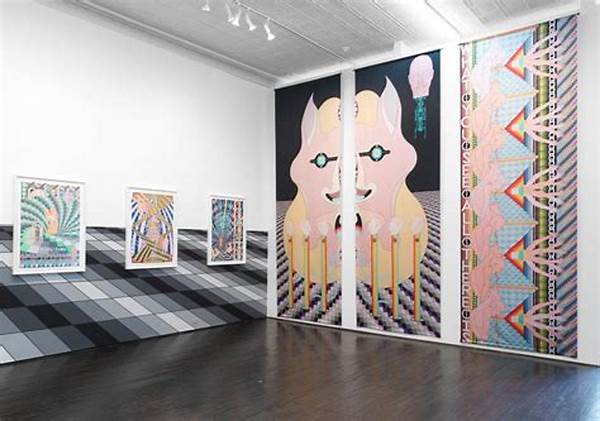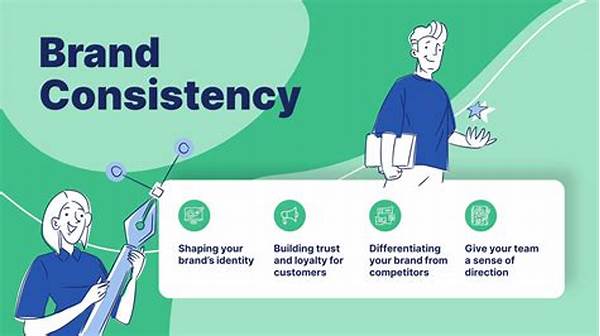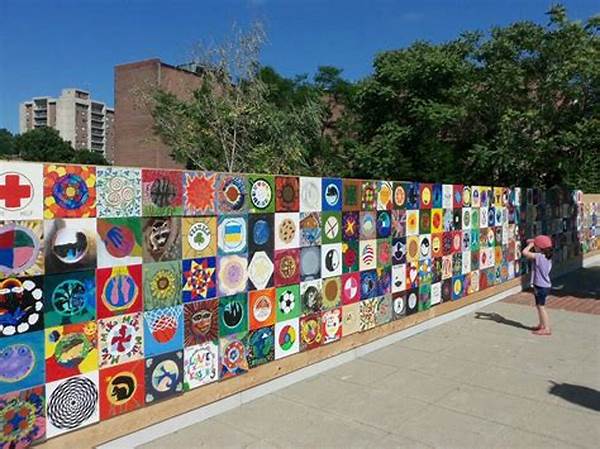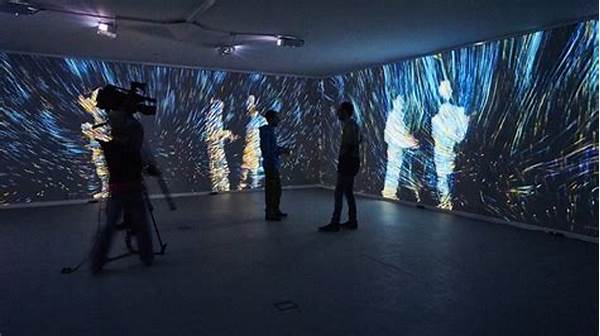Becoming an artist in today’s world is a journey that requires creativity, determination, and strategic alliances. Working with art galleries as an emerging artist can significantly influence your path to success. Galleries provide a platform for showcasing your art, enhancing your visibility, and connecting you with potential collectors. However, navigating the ins and outs of gallery association requires a nuanced understanding of the art world and a deliberate approach to building lasting partnerships. In this article, we will explore various aspects of working with art galleries, the benefits it offers, and strategies to maximize this relationship as you grow your career.
Read Now : “creating Online Art Courses For Income”
Understanding the Role of Art Galleries
Art galleries play a pivotal role in the journey of an emerging artist by acting as intermediaries between artists and the art-buying public. They curate and exhibit works that align with their thematic focus or aesthetic standards, which can be a valuable asset for newcomers. For an emerging artist, working with art galleries means gaining access to a broader audience than would otherwise be possible. This exposure not only amplifies your visibility but also adds credibility to your portfolio, as gallery representation is often viewed as an endorsement of your talent.
Understandably, galleries are selective in their collaborations due to limited exhibition space and the competitive nature of the art world. Thus, securing a spot in a gallery demands that you cohesively present your work, consistently produce quality art, and build relationships that resonate with a gallery’s ethos. Working with art galleries as an emerging artist entails understanding these dynamics, aligning your goals with the gallery’s objectives, and continuously refining your artistic vision to meet their standards.
Steps to Build Successful Gallery Relationships
1. Research and Selectivity: As an emerging artist, identify galleries that align with your artistic style and goals. Working with art galleries that suit your vision increases the likelihood of a successful partnership.
2. Professional Presentation: Ensure your portfolio is polished and professional. Galleries appreciate artists who present their work coherently and with attention to detail.
3. Building Connections: Attend art shows and gallery events to network. Building personal relationships can ease your way into gallery collaborations.
4. Consistency in Quality: Regularly produce and update your work to showcase growth and commitment. Working with art galleries requires demonstrating reliability in your artistic output.
5. Clear Communication: Maintain open lines of communication with gallery representatives. Transparency and understanding in negotiations can foster a smoother collaboration.
Strategies for Effective Gallery Collaboration
Once you secure collaboration, maintaining a healthy relationship with galleries is crucial. Working with art galleries as an emerging artist comes with its own set of expectations that require careful management. A key element is effective communication: be sure to clarify terms and conditions upfront to avoid misunderstandings. Whether it pertains to commission rates, exclusivity agreements, or exhibition logistics, being clear from the start helps build trust between you and the gallery.
Moreover, be adaptable and receptive to feedback. Galleries often provide valuable insights on the commercial and artistic viability of your work, which can be instrumental in refining your art. Listen attentively, assess their recommendations, and incorporate them as necessary to enhance your artistic journey. Collaborating with galleries also means respecting their schedules and deadlines. As you grow in your career, demonstrating professionalism and reliability can pave the way for more extensive collaborations and solo shows.
Nurturing the Gallery-Artist Relationship
1. Feedback Integration: Truly consider and integrate constructive feedback from gallery curators, which showcases your willingness to grow as an emerging artist.
2. Reliability: Deliver your artworks on time for exhibitions. Working with art galleries demands strict adherence to timelines.
3. Shared Vision: Align your artistic goals with the gallery’s mission to ensure a mutually beneficial relationship.
4. Follow Up: Post-exhibition, stay in touch with gallery contacts. Regular communication reinforces your willingness to maintain the relationship.
5. Active Engagement: Promote exhibitions you’re part of. Working with art galleries also means actively engaging with the audience they bring.
Read Now : Low-cost Digital Illustration Suites
6. Respect Agreements: Always honor what’s agreed upon in contracts, managing expectations transparently.
7. Continuous Creation: Keep creating. Regularly showing new works keeps your portfolio fresh and engaging for galleries.
8. Be Grateful: A simple thank you goes a long way. Appreciating the gallery staff can help maintain a positive relationship.
9. Seek Opportunities: Be proactive in seeking exhibition opportunities within the gallery or through its network.
10. Adaptability: Be open to exploring diverse exhibition formats and themes, showing your versatility as an artist.
Overcoming Challenges as an Emerging Artist
The journey for emerging artists is fraught with challenges. Working with art galleries presents both opportunities and obstacles, yet it can be particularly daunting to navigate these unfamiliar waters. One common challenge is the competitive nature of gallery representation. With so many artists vying for attention, distinguishing yourself from the crowd becomes imperative. This requires developing a unique artistic voice that resonates with gallery curators and the audiences they attract.
In addition, the financial aspect of working with art galleries can be a hurdle for emerging artists. Galleries typically operate on a commission basis, taking a percentage of the sales. While this can be a worthwhile investment for the exposure and credibility it provides, it’s essential to carefully consider your financial preparedness. Set clear budget expectations and negotiate terms that align with your financial goals.
Building a brand as an artist is another crucial element in overcoming these challenges. Public perception is an invaluable asset in the art world, and your brand should reflect the message and emotion you wish to convey through your art. This involves leveraging social media, participating in community events, and cultivating a professional online presence. Working with art galleries requires more than just talent; it demands strategic thinking, patience, and resilience.
Growing as an Artist Through Gallery Collaborations
Building a collaborative relationship with art galleries is instrumental for growth in your artistic career. Working with art galleries as an emerging artist not only provides exposure but also fosters personal and professional development. It’s crucial to adopt a mindset of continuous learning and adaptation. By participating in gallery exhibitions, you gain critical insights into market trends and audience preferences.
Furthermore, maintaining an open mind and being receptive to critiques and suggestions from gallery professionals can enhance your craft. Galleries are often tuned in to the evolving landscape of the art market, and their feedback can help you make necessary adjustments to your style or approach to resonate with a broader audience. These interactions provide a unique opportunity for mentorship and networking that can propel your career forward.
Ultimately, the goal of working with art galleries is to create a mutually beneficial relationship. A successful collaboration ensures that your art reaches wider audiences while aligning with the gallery’s vision and objectives. By being strategic, communicative, and adaptable, you pave the way for a rewarding career trajectory in the art world. For emerging artists, galleries serve as both a stepping stone and a sustainable support system in the ever-evolving landscape of art.



